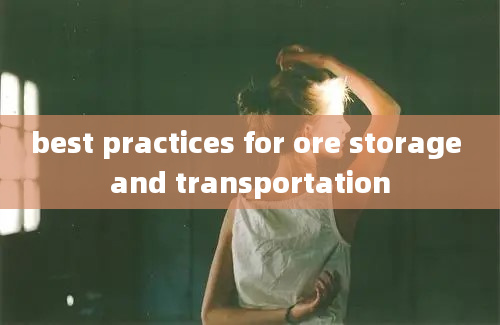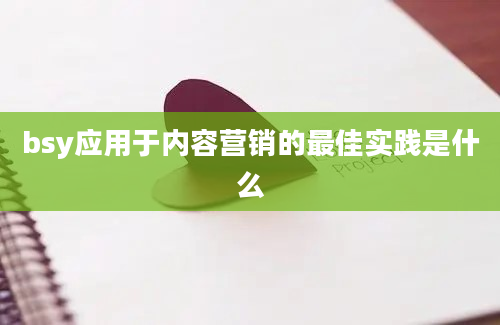Best Practices for Ore Storage and Transportation

The efficient storage and transportation of ore are critical components in the mining industry, affecting both operational costs and environmental impact. Here are some best practices that can be adopted to ensure the safe and effective handling of ore from extraction to its final destination.
Ore Storage Best Practices
1. Proper Design of Storage Facilities:
Ensure that storage facilities are designed to withstand weather conditions and protect the ore from moisture and contamination.
Use appropriate roofing and lining materials to prevent rainwater from seeping in.
2. Controlled Environmental Conditions:
Maintain optimal temperature and humidity levels to prevent the oxidation or degradation of the ore.
Implement a monitoring system to alert operators to any deviations from the desired conditions.
3. Secure Storage Areas:
Use perimeter fencing, gates, and surveillance systems to prevent unauthorized access.
Implement access control measures to ensure that only authorized personnel can enter the storage area.
4. Regular Inspections:
Conduct routine inspections to identify any signs of damage, wear, or potential hazards in storage facilities.
Address any issues promptly to avoid spills or other accidents.
5. Inventory Management:
Keep accurate records of the ore inventory, including quantity, grade, and storage location.
Regularly update inventory logs to ensure that information is current and reliable.
Ore Transportation Best Practices
1. Selecting the Right Transportation Method:
Choose the most appropriate mode of transportation based on the type of ore, distance, and cost considerations.
Consider road, rail, water, or pipeline transport, depending on the specific requirements of the operation.
2. Safety Measures:
Ensure that all transportation equipment is regularly maintained and inspected for safety.
Implement strict protocols for loading, securing, and unloading ore to prevent spills or accidents.
3. Environmental Protection:
Use containers and packaging that minimize environmental impact.
Implement spill response plans and practices to handle any accidental spills.
4. Efficiency in Logistics:
Optimize logistics to reduce transportation time and costs.
Use advanced tracking systems to monitor the movement of ore and improve supply chain visibility.
5. Documentation and Compliance:
Keep comprehensive documentation of all transportation activities.
Ensure compliance with all relevant regulations and standards, such as those set by regulatory bodies and industry associations.
Common Questions About Ore Storage and Transportation
1. What are the most common types of ore storage facilities?
The most common types include open piles, enclosed bins, silos, and hoppers.
2. How can I prevent ore oxidation during storage?
Prevent oxidation by controlling the storage environment, using moistureresistant materials, and implementing regular inspections.
3. What are the key considerations when choosing a transportation method for ore?
Consider factors like the type of ore, distance, cost, environmental impact, and regulatory requirements.
4. How do I ensure the safety of ore transportation?
Ensure safety by maintaining equipment, adhering to loading and securing protocols, and implementing emergency response plans.
5. What are the environmental impacts of ore transportation?
Environmental impacts include emissions, noise pollution, and potential for spills or leaks. These can be minimized by using ecofriendly transport methods and implementing spill prevention measures.
6. How can I optimize the logistics of ore transportation?
Optimize logistics by using advanced tracking systems, consolidating shipments, and choosing efficient transportation routes.
7. What regulatory standards must be followed for ore transportation?
Compliance with regulations like the Occupational Safety and Health Administration (OSHA) standards, Environmental Protection Agency (EPA) guidelines, and international shipping regulations is essential.
8. How can I manage the inventory of stored ore effectively?
Manage inventory effectively by using inventory management software, conducting regular counts, and maintaining accurate records.
9. What are the best practices for securing ore during transportation?
Secure ore by using appropriate tiedowns, ensuring containers are sealed, and employing GPS tracking for realtime monitoring.
10. How can I reduce the cost of ore transportation?
Reduce costs by choosing the most efficient transportation method, optimizing routes, and negotiating better rates with transport providers.










